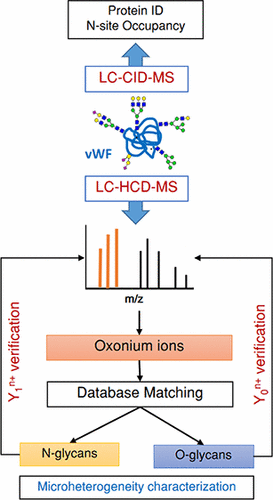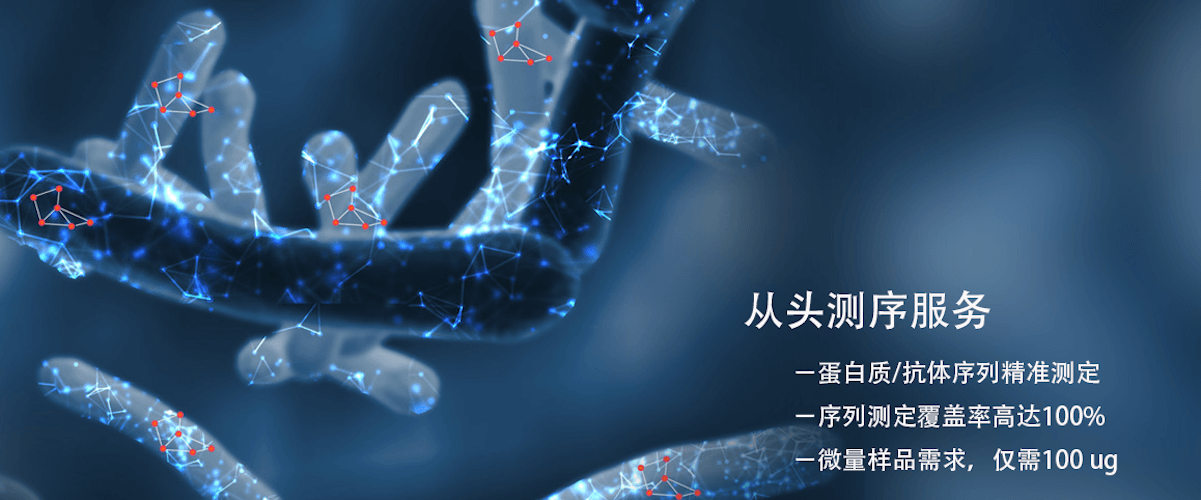Glycosylation Sites and Glycan Analysis of These Sites
Protein glycosylation modifications not only affect the spatial conformation, biological activity, transport, and localization of proteins but also play crucial roles in specific biological processes such as molecular recognition, cell communication, and signal transduction. Therefore, the analysis of glycosylation sites and glycan types at these sites is of great significance.
Biotapeck provides LC-MS/MS-based analysis services for glycosylation sites and glycan types at these sites. We typically begin by selecting various enzymes to digest the target protein, aiming to cover the protein sequence as completely as possible. After cleaving the glycans, we analyze the glycosylation sites within the protein. Upon determining the peptide fragments modified by glycosylation, we perform another enzyme digestion on the target protein, retaining the glycans on the peptide fragments. During LC-MS/MS analysis, we use a combination of ETD/HCD/CID fragmentation to obtain as rich secondary fragmentation information of the peptide fragments as possible. Through software analysis and manual identification of the glycosylated peptide secondary spectra, we obtain accurate information on the glycosylation sites and glycan types in the target protein.

Gashash, E. A. et al. J Proteome Res. 2017.
Glycosylation Site and Glycan Type Analysis Workflow

Glycosylation Site and Glycan Type Analysis
Technical Features
• Accurately analyze the glycan types corresponding to glycosylation sites in target proteins
• High detection sensitivity and good reproducibility
Application Fields
• Identification of glycan types corresponding to N-glycosylation sites in glycosylated proteins
• Identification of glycan types corresponding to O-glycosylation sites in glycosylated proteins
About Samples

Requirements for Glycosylation Site and Glycan Type Analysis Samples
1. If you are providing tissue samples, please send them to us on dry ice.
2. If you are providing protein samples, you can use standard tissue or cell lysis buffer for protein extraction.
3. Sample Transportation: Please use sufficient dry ice for transportation and choose a faster mailing method to minimize the possibility of sample degradation during transport.
Bilingual Project Report
In the technical report, Biotapeck will provide you with a detailed bilingual report in Chinese and English, which includes:
1. Experimental Procedures (Chinese and English)
2. Relevant Mass Spectrometry Parameters (Chinese and English)
3. Identification Information for N-type and O-type Glycans in Proteins
4. Mass Spectrometry Images
5. Raw Data
One-stop Service for Glycosylation Site and Glycan Type Analysis
You only need to place an order and send the samples
Biotapeck completes the one-stop service: sample processing - on-machine analysis - data analysis - project report
Biotapeck provides the following analysis services for glycosylation sites and glycan types at these sites
Related Services
Biopharmaceutical Glycan Profile Detection
Biopharmaceutical Glycosylation Site Detection
How to order?







